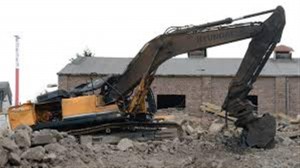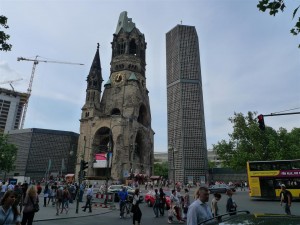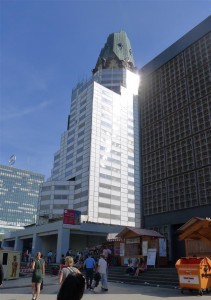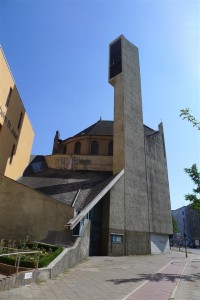Annette, our daughters and I spent New Year’s Eve in Bonn with Annette’s two sisters and their families. On the drive back to Berlin, I heard numerous reports on the radio about an explosion in the Nordrhein-Westfalen town of Euskirchen. The operator of a large excavator working at a rubble disposal yard had been killed when his machine struck what was thought to be unexploded ordinance from WWII. Windows within a 500 meter radius were shattered by the blast. Debris from the explosion was found nearly a kilometer away. The authorities believe that this bomb may previously have been encased in concrete, as was sometimes done when defusing was not feasible.
Approximately one tenth of the millions of bombs dropped by British and American planes on Germany during WWII did not explode. Every year, over 2,000 tons of unexploded bombs and other munitions are recovered. Unexploded ordinance is common enough that companies routinely hire private bomb disposal teams to check that sites are safe prior to construction. Safely disposing of the bombs is increasingly difficult as they decay over time. Continue reading




